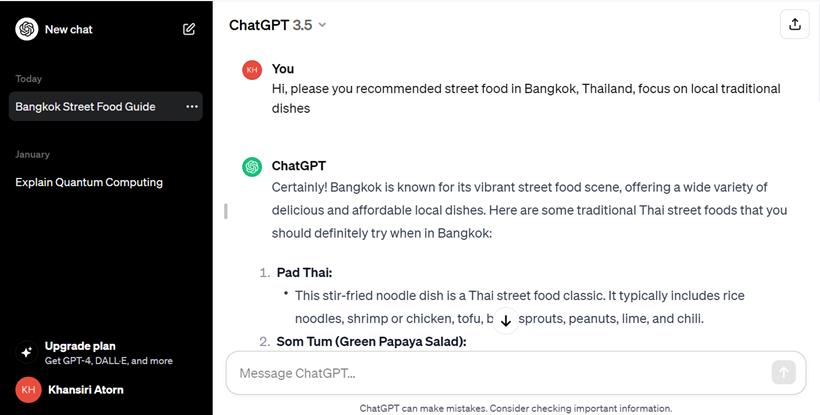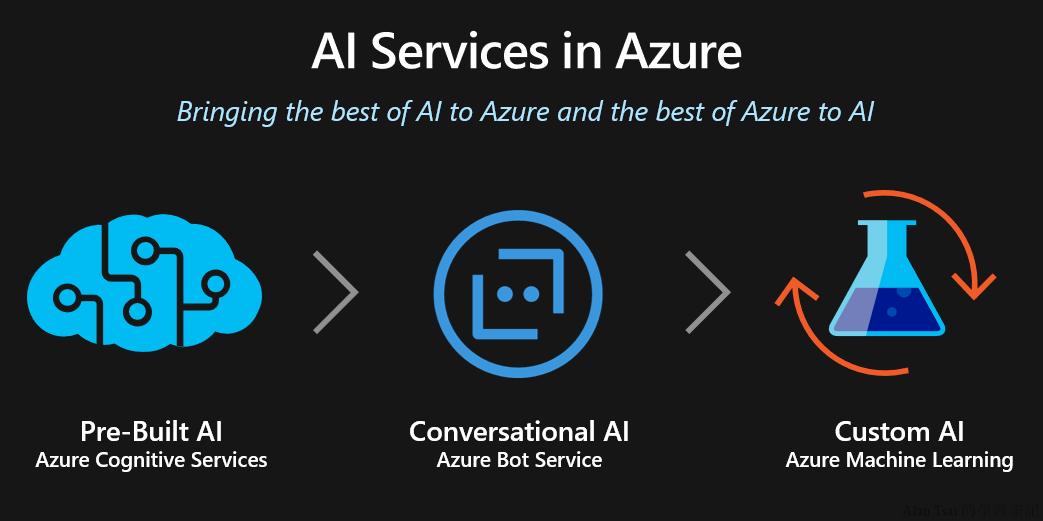AI for Engineering Productivity: What Actually Works

Introduction: Demystifying AI for Engineering Productivity
Let’s get something out of the way: AI isn’t magic. I know it can feel magical—especially when you watch it turn hours of tedious work into quick, creative breakthroughs. But in my experience, the real promise of AI for developers isn’t about wizardry. It’s about amplifying what you already bring to the table: your judgment, your curiosity, your ability to solve tough problems. Used thoughtfully, AI empowers us to think more and type less. That’s where the productivity gains really start to stack up.
Here’s how I like to frame this shift: with ‘human-in-the-loop’ systems, AI doesn’t replace expertise—it supercharges it. Instead of losing your edge, you get to focus on the work that actually stretches your skills, while algorithms handle the repetitive stuff. It’s not about ceding control; it’s about leveraging a new kind of teammate.
There’s research to back this up. Generative AI tools are already helping developers finish tasks up to twice as fast, according to McKinsey's insights on generative AI and developer productivity. But speed is only part of the equation. The real value comes when AI becomes a partner in your workflow—scaffolding code, brainstorming architecture, reviewing pull requests, and even automating those critical but less glamorous internal tools.
In this article, I want to move past the hype. Let’s get real about what actually boosts engineering productivity with AI. I’ll share stories and strategies I’ve seen work—ways to treat AI not as a replacement, but as a junior teammate you can coach and learn from along the way.
From Struggling to Shipping: A Junior Engineer’s AI Journey
I’ve seen it firsthand: a junior engineer, not long ago, spending most days knee-deep in boilerplate CRUD operations, feeling stuck and unsure. Progress was slow. Confidence? In short supply. Then, with the right mix of AI tools and some thoughtful coaching, everything shifted.
And let me be clear—this wasn’t some overnight success story or secret hack. The turning point was learning how to prompt well: framing questions and tasks in a way that brought out the best in AI without letting it take over. The real magic was in supervision—reviewing every suggestion, refining prompts, and treating the tool as an extension of their own reasoning.
The result? They started shipping feature branches twice as fast. But what mattered more was the quality: because they could automate away the drudgery, they had bandwidth for real problem-solving and learning. This isn’t some unicorn case. In fact, Copilot users complete tasks 55.8% faster than those who don’t use it, according to research published on arXiv. When you integrate AI thoughtfully, you see meaningful gains at every level.
This reminds me of the ‘scaffolding’ approach in educational psychology—giving just enough support so people can stretch their abilities and eventually internalize new skills. In my experience, when you treat AI like a tireless assistant (a rubber duck that talks back!), you unlock deeper engagement and more space for innovation.
Don’t skip this part: the productivity boost never comes at the expense of craftsmanship or understanding. If anything, AI lets us double down on what matters most.
If you’re interested in unlocking even more coding efficiency through AI, take a look at how AI boosts coding efficiency—cutting busywork and letting you focus on what matters.
The Productivity Playbook: Five High-Impact AI Use Cases
AI’s impact really shines when teams stop dabbling and start being intentional—using structured workflows that drive both speed and sound decisions. Here are five places I’ve seen forward-thinking teams put AI to work:
Pro tip: Try creating an ‘AI Opportunity Matrix’—map your team’s tasks by frequency and complexity to pinpoint where automation helps most without sacrificing quality.
-
Scaffold Generation with Codex and Copilot
If you’ve ever stared at a blank file wondering where to start, you know the pain. Tools like GitHub Copilot are a game-changer for scaffold generation—they spin up starter code so you can jump straight into meaningful logic instead of boilerplate drudgery.
But—and this matters—the key is intentionality. In my experience, code generated by AI should always get a human review focused on design choices and maintainability. This isn’t about mindless code generation; it’s about accelerating structure so you can decide on direction faster.
A fintech startup I worked with shaved days off their API project setup using Copilot for scaffolding—going from blank slate to working endpoints in hours, not days. And they weren’t alone: one study found developers using Copilot saw a 26% productivity boost, as highlighted by InfoQ's report on Copilot and developer productivity. That’s energy reclaimed for business logic instead of reinventing wheels.
For teams considering bigger decisions like building versus buying software solutions, it’s helpful to consult a framework for making smarter build vs buy decisions.
-
Chat-Driven Debugging
Debugging solo can be a slog. Enter GPT-powered chats—they turn troubleshooting into a collaborative process. You present your code (“Here’s my function; here’s what’s going wrong”), and AI helps surface targeted suggestions or things to check next.
It’s like rubber duck debugging, but your ‘duck’ can suggest code fixes or pull up docs in real time. The best part? You get clearer about your own problem just by explaining it—and you reduce cognitive load as you go.
-
Architecture Brainstorming
Before you build complex systems, try using AI as a brainstorming partner: “I need a scalable backend for X with auth and async tasks—what would you consider?”
Now, AI won’t hand you a perfect blueprint (and honestly, I wouldn’t trust it if it did). But it will surface options and tradeoffs that might not have crossed your mind. Treat those suggestions like a ‘second opinion’ during group design reviews—often it sparks better questions than answers, which is exactly what you want early in the process.
Leaders navigating these choices may benefit from smarter tech decision frameworks that help avoid costly mistakes when adopting new tools or architectures.
-
AI-Assisted Code Reviews
Some teams I’ve coached now run pull requests through an AI assistant before they hit senior review. These tools aren’t perfect—they might miss a tricky logic bug—but they’re great at flagging style issues, duplication, or missing tests. That means when humans review code, they can focus on big-picture architecture instead of nitpicks.
Think of automated code review as a first-pass filter—it frees up your best minds for what matters most: maintainability and knowledge transfer.
If your team is working to boost trust and ownership in code reviews (or across the team), consider eight proven steps for building trust within teams.
-
Internal Tool Automation
Here’s where I see AI shine brightest: the unglamorous but essential corners of engineering—generating database docs, writing migration scripts, or auto-building dashboards for internal teams. Letting AI handle these repetitive tasks gives everyone back precious hours (and sanity) each week.
A large e-commerce company automated daily ops dashboards using an AI script—freeing analysts from manual data wrangling and speeding up decision-making across the board.Each use case above proves the same point: AI is here to amplify, not replace, your skillset. The trick is keeping humans engaged in critical thinking at every step—and treating automation as an amplifier rather than an autopilot.

Choosing Wisely: Avoiding Hype Traps and Common Pitfalls
Not all AI tools are created equal—and chasing shiny trends can waste more time than it saves. As more organizations jump on board (AI usage jumped from 20% to 55% between 2017 and 2023 according to Stanford HAI's State of AI), discernment becomes the name of the game.
- Tools that encourage active oversight—not just passive acceptance of whatever comes out.
- Seamless integration into existing workflows (no extra friction or tech debt).
- Measurable outcomes: faster cycle times or better code quality without sacrificing maintainability.
- Support for learning—making reasoning visible instead of just spitting out black-box answers.
Watch out for ‘shadow IT’—that’s when teams grab tools without proper vetting, leading to fragmented workflows and headaches down the line. In my experience, clear guidelines for experimentation help keep everyone aligned and reduce risk.
Don’t treat AI as a shortcut or a replacement for engineering judgment. The best teams use new tools as opportunities for process redesign—rethinking how work gets done to maximize both speed and insight. McKinsey's Global Survey on the state of AI
If you’re looking for ways to help engineering managers drive effective AI adoption without the hype (just results), check out these six proven strategies for coaching teams on AI.
Mindset Shift: Treating AI as a Junior Teammate
If there’s one mindset shift that unlocks all this potential, it’s this: stop treating AI like a shortcut and start treating it like a junior teammate.
- Frame clear prompts.
- Review outputs thoughtfully.
- Use suggestions as springboards for discussion—not gospel truth.
Mistakes will happen (trust me—I’ve seen my share). But when they do, treat them as learning opportunities for both you and the machine.
‘Trust but verify’ has become my go-to model here: leverage AI suggestions freely but always validate output just like you would when mentoring someone new on the team.
This approach does more than boost productivity metrics—it makes work more satisfying. Teams report higher morale when AI is used as a thinking partner rather than an invisible hand doing all the work. People feel their creativity is amplified—not replaced—and ownership stays intact.
Better prompts lead to better output; better output enables bigger ambitions; bigger ambitions drive continuous improvement. That virtuous cycle is where real engineering growth happens.
For engineers aiming to grow beyond their current level without leaving hands-on work behind, explore four practical ways engineers can expand their impact without managing.

Conclusion: Unlocking Smarter Teams with Thoughtful AI Adoption
If you take away one thing from this article, let it be this: The real promise of AI isn’t about replacing developers or automating away all complexity. It’s about unlocking smarter teams through intentional adoption and ongoing learning.
When you embrace a partnership model—where humans guide, supervise, and learn alongside digital teammates—you see dramatic gains in productivity and preserve what matters most: judgment, quality, and the joy of building together.
As organizations scale their use of generative AI tools for productivity, success will belong to those willing to experiment boldly but evaluate rigorously—to treat every tool as a chance to raise the bar for both process and product—and who recognize that the smartest teams are those that grow (and learn) with their technology.
For leaders eager to help their teams move from busywork to real impact—not just with technology but also with mindset—discover how impactful leadership shifts focus from tasks to true influence.
Ready to turn hype into high-impact workflows? The next move is yours.